On some occasions, you may find that you've run out of a certain paint finish, but there's still work left. If you've wondered if it was feasible to mix flat and eggshell sheens, we've done a deep dive into this topic to answer your questions.
If you're wondering if you can mix flat and eggshell paint together, the quick answer is yes. You can mix flat and eggshell paint together as long as the paints are otherwise the same. For best blending, mix two paints of different sheens from the same brand, and with the same base. You may also want to strain your paint before mixing.
We've looked into all the possible questions you may have about paint mixing and the differences between sheens. Keep reading as we look into how you can mix paints and get the most out of them for use in your paint projects.
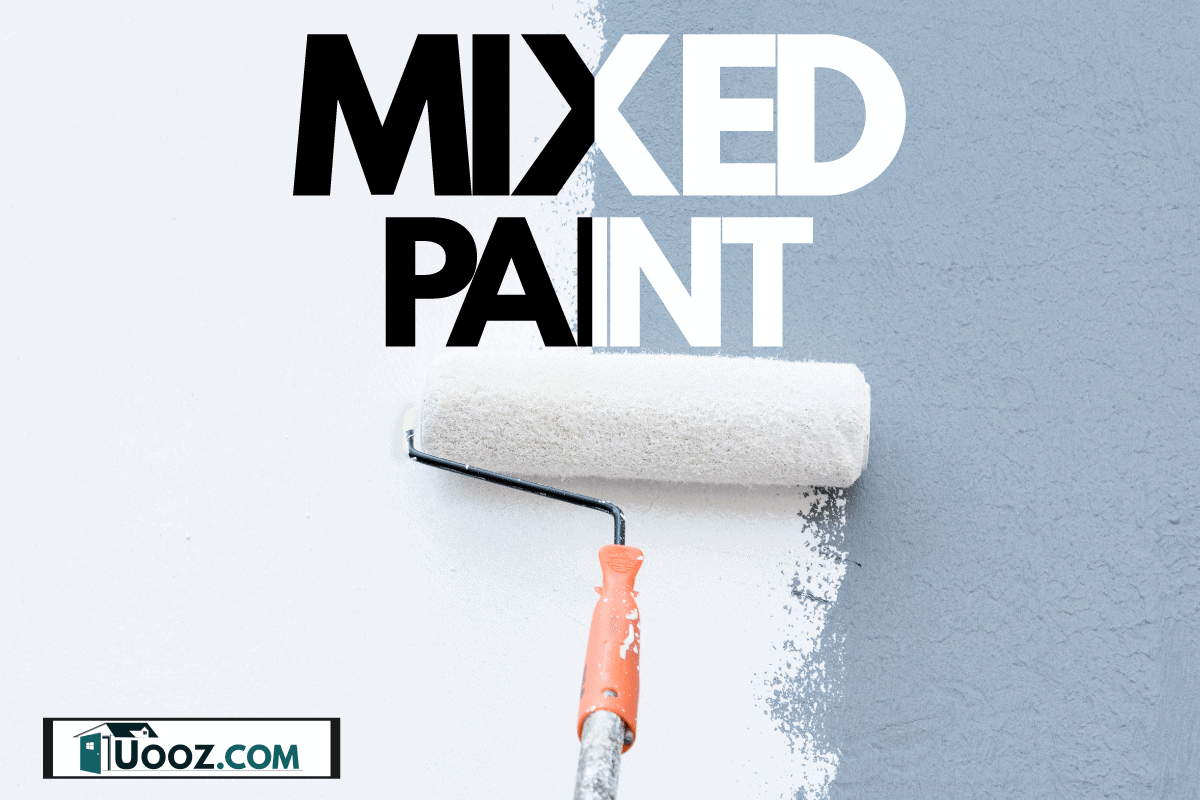
Can You Mix Flat And Eggshell Paint?
When doing paint projects for home improvement, it is important to have enough paint to cover all the areas of your room and then some. There may be times that you will find yourself accidentally buying two different paints with different sheens.
If this has ever happened to you, you might find it difficult to return your paint, especially if it is custom tinted. This often leaves you with no choice but to buy a new can of paint or mix them together. However, does mixing two paint finishes work?
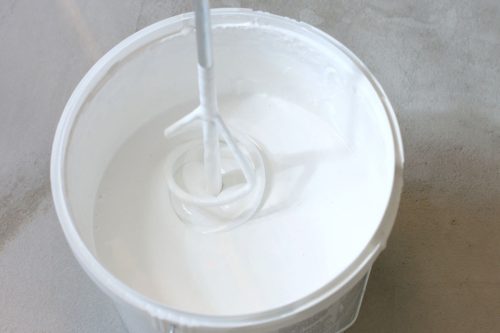
Technically, you can mix two paints as long as their finishes are close to each other. Flat and eggshell paint sit close to having the amount of gloss. This makes them well-suited to be mixed together without having extreme changes in the paint's finish.
While flat paint and eggshell paint can be mixed together, you may sometimes find that mixed paints will have streaking or clumping issues when you start painting.
To prevent this from happening, make sure that you use the same brand of paint and the same base. Be sure not to mix water-based paints with oil-based paints.
Tips on Mixing Paints
When mixing two paints together, it is important that the paints you use are completely free of clumps and dried-out paint chunks. If you are using fresh cans of paint, all you need to do is to mix the paint thoroughly before mixing.
To strain out any bits from the paint, you can use a clean window screen. Start out by mixing your paint with separate paint paddles, making sure that your paint is mixed and the color looks consistent.
Place a clean window screen over a clean paint bucket and tape it securely. You can now pour your paint over the screen to strain out the clumps. Stir the paint thoroughly (a paint stirrer attached to a drill works best) and mix thoroughly.
Your new mixed paint should have no variation in color. However, it is always a good idea to do a small test batch before using up all your paint. This reduces paint waste and leaves you with fewer headaches if it doesn't work out.
To do a test batch, start with a good tablespoon of your paints and mix them together in a disposable cup. Test it on a cardboard scrap (or your wall, if you can) and see what the results will look like when the paint is dry.
Adjust the paint ratios until you get the desired finish that you like and make sure to remember the ratios before mixing paint in bulk.
Is Flat The Same As Eggshell?
Flat paints are not the same as eggshell paints, although they do look similar to the untrained eye. Flat paints do not have gloss in their finish, while eggshell paints allow light to bounce off their painted surface.
If you've worked with both paints before, you will also notice a difference in durability between these two paints. Flat paints are less durable, making them perfect for places that are low-traffic areas in the home.
This is because it is harder to clean flat paints to maintain them, although this paint finish is the perfect choice to hide stains on your naked, bare walls.
Eggshell paints, on the other hand, are sturdier and more durable than its counterpart. This paint is better at resisting the daily scuffs and scratches you will often get in rooms that have people coming in and out every day.
Eggshell paint is also easier to maintain because it can be cleaned off easily compared to basic flat paint.
When Should You Use Flat Paint or Eggshell Paint?
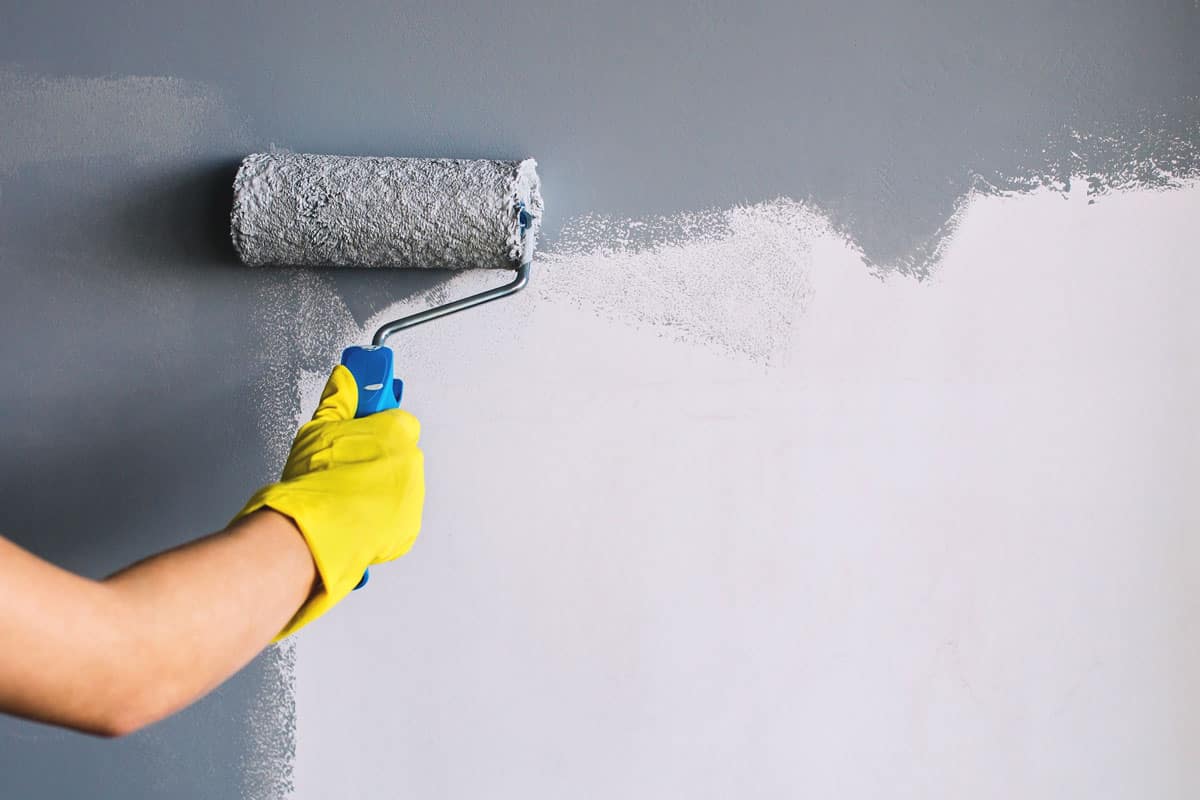
There are actually no solid rules on which kind of paint you should use in your home. However, professionals do have some suggestions on what kind of paint will work best for certain areas and fixtures in your room.
One of the benefits of using flat paint is it is more forgiving of imperfections. A lot of professionals use flat paint to cover up stains or issues on bare walls.
Flat paint is also suggested for areas of the home that have very little traffic, like master bedrooms or inside cupboards. This paint is also used very commonly on ceilings because it reflects little to no light.
Eggshell paint is almost similar to matte paint, but it does offer a little bit more gloss than the former. This makes eggshell paints perfect for high-traffic walls like living rooms, dining rooms, and bedrooms.
If you choose to use eggshell paint, you will also find that it makes your room look richer because of the light reflecting on its surface.
Can You Mix Different Paint Sheens In A Room?
There are no hard and fast rules that say that you cannot mix different paint sheens in a room. If you feel like painting a wall using eggshell paint and trims with satin paint, you will get a look that is unique and different from others.
As we've seen with eggshell and flat paint, it's also not uncommon for a different sheen to be used on the ceilings and walls.
Playing with the paint sheens in a room is sure to give it a different personality. You can mix and match different sheens for your rooms to create depth and brightness in your room.
If you feel like adding a design to your space, different paint sheens can also create these design features without being too overly distracting.
How To Choose A Paint Finish
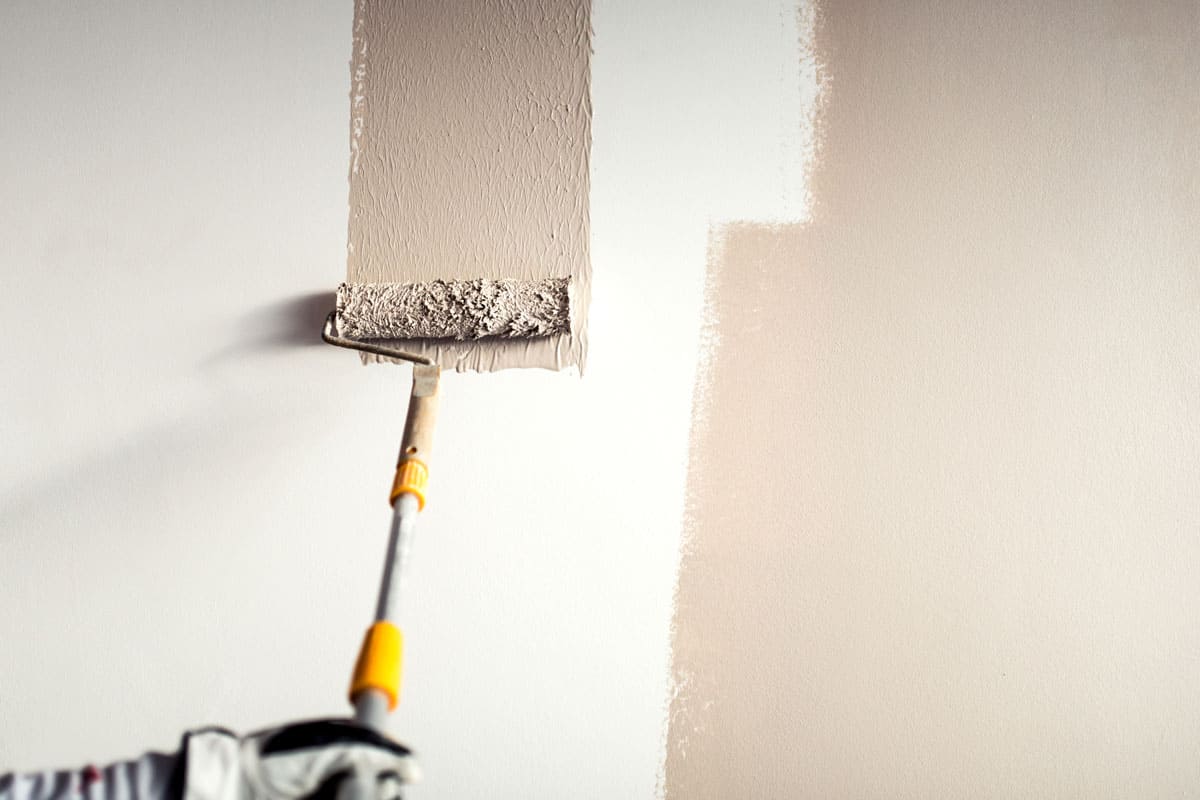
There are many paints to choose from and the choices of color and finish can be overwhelming. It can be a little stressful thinking about the correct paint finish for a room because we all want to get that perfect look for our space.
However, as complicated as paint sheen and finish may sound to your ears, choosing a paint finish for your room is pretty simple. Here are some quick tips on choosing your paint finish:
Texture
The texture of your wall will be affected and emphasized by the kind of paint finish that you will choose. If you are looking to hide imperfections and patches in your walls, choose a flat or matte finish to cover them up.
Natural light and size of the room
The amount of natural light that you get in your room can also emphasize the size and feel of your space, thanks to the reflectiveness of your chosen paint!
Flat finishes have low reflectivity, so rooms with this finish will often feel like the walls are receding. High-gloss paints, however, make you feel like the room is bigger because light bounces off its surface well.
Room use
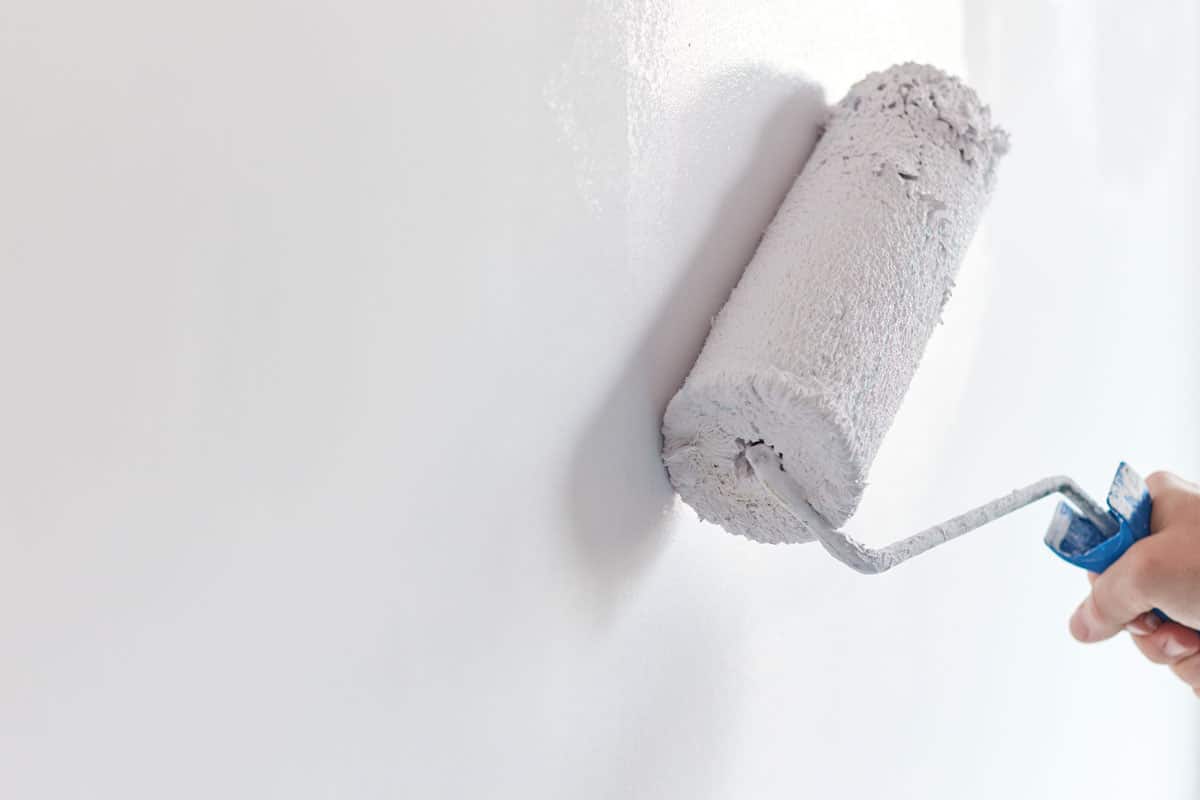
Choose a paint finish that works with the purpose of your room. If it will be getting a lot of traffic, paints with higher sheen tend to be easier to clean than flat ones.
Final Thoughts
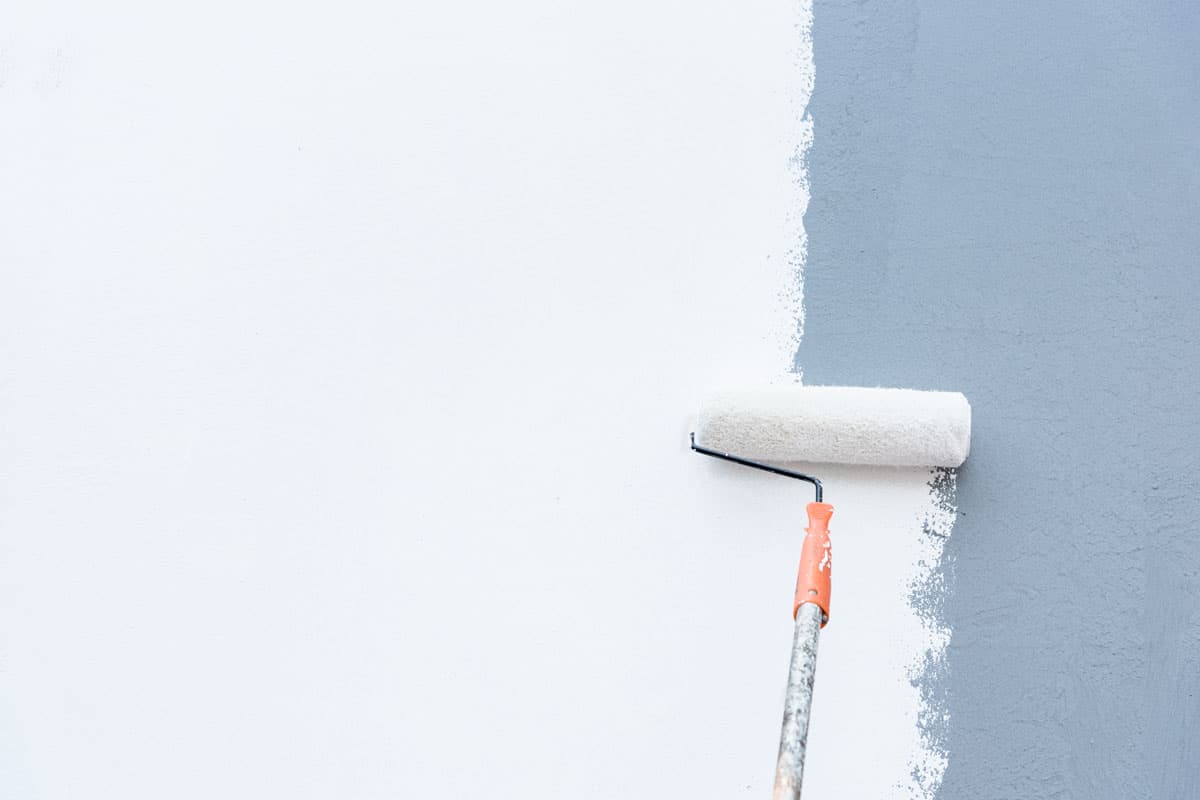
It is always best to remember that to get that perfect look in your home, you should have enough paint to cover everything.
However, if you find that you've bought two paints that are different or you're starting to run out, you can mix two different paints with different sheens together. It might not be what you originally had in mind, but it will still look great nonetheless.
Are you looking to learn more about paint and how you can use them at home? Look no further because we've got great articles that can help you:
Can You Use Acrylic Paint On Walls [Indoor And Outdoor Applications]
